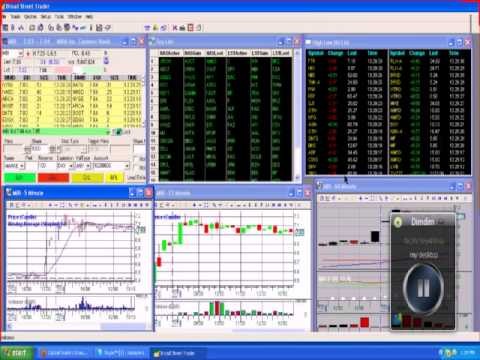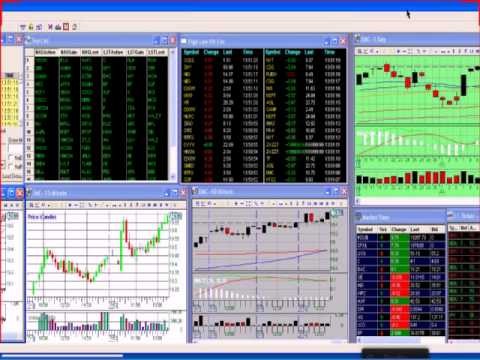Proprietary Trading Strategies
Post on: 28 Март, 2015 No Comment

Proprietary trading strategies are technical trading algorithms used for a variety of arbitrage and risk strategies. Proprietary trading is done for the benefit of the trading company only and not for the benefit of any client. Proprietary trading usually involves large capital outlays and high volume stock trading. Proprietary trading is performed mainly by hedge funds and investment banks, notably Goldman Sachs. Proprietary trading is distinct and different from most investment activities because there is no brokerage activity or client relationship involved. Proprietary trading has become an important source of income for the firms that undertake such activity.
Other People Are Reading
Important Proprietary Trading Strategies
Most proprietary trading involves arbitrage. Index arbitrage, statistical arbitrage, merger arbitrage and volatility arbitrage are all popular forms of trading. Groups of dedicated traders, separate from traders and salespeople dedicated to filling institutional orders, oversee trading activity. Because of the diminished use of ‘open outcry’ (trading on the NYSE floor through shouted-out orders rather than through computer matching of orders), arbitrage is done directly from institutional computers to computer-order placement on the exchange floor.
Potential Issues in Proprietary Trading Strategies
The Choice of Instruments When Proprietary Trading
References
Resources
More Like This
How Much Does the Average Day Trader Make?
How to Start an Insurance Brokerage Firm
You May Also Like
Algorithm trading is the use of computer programs for entering trading orders, and in many cases, determining the trading decisions. The algorithm.

An investment banking associate works under the direction of a senior banker to advise clients on a variety of strategies. These investment.
Proprietary trading (PPT) firms are companies such as investment banks and hedge funds that use their own capital to invest in bonds.
ES is the ticker symbol for the e-mini S&P 500 futures contract. The e-mini S&P 500 futures contract is a popular choice.
Proprietary mutual funds are ones that a brokerage firm or other financial institution sells and also manages. Non-proprietary funds are ones that.
A proprietary fund is an account in which certain transactions by the government and many nonprofit organizations are handled. The services that.
Forex trading is an investment strategy where in the investor watches the foreign exchange rates for currencies from various countries and purchases.
A protocol is a set of standards. They are written so that several different people working in the same field can produce.
After understanding the need for risk and money management rules to protect capital because day trading relies on quick, accurate movements rather.














